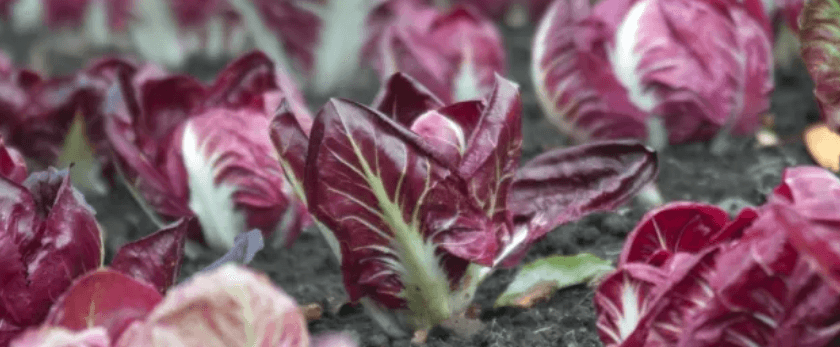Radicchio, also known as Italian chicory, is a leafy vegetable that is popular for its bitter and slightly spicy flavor. It is a versatile ingredient in many dishes, and it is also a great addition to any garden. Not only is it easy to grow, but it also has many health benefits, making it a must-have in any eco-friendly garden. In this article, we will discuss how to grow radicchio, the best time to grow it, and common problems that may arise.
How to Care for Radicchio
Watering
Radicchio plants require consistent moisture to thrive. It is important to keep the soil evenly moist, but not waterlogged. Water the plants deeply once or twice a week, depending on the weather and soil conditions. Avoid overhead watering, as it can lead to fungal diseases. Instead, water at the base of the plant to keep the leaves dry.
Light
Radicchio plants prefer full sun, but they can also tolerate partial shade. If you live in a hot climate, it is best to provide some shade during the hottest part of the day. In cooler climates, make sure the plants receive at least 6 hours of sunlight per day.
Soil
Radicchio plants grow best in well-draining, fertile soil. Before planting, amend the soil with compost or well-rotted manure to provide the plants with the necessary nutrients. The ideal pH for radicchio is between 6.0 and 6.5. If your soil is too acidic, add lime to raise the pH.
Fertilizer
Radicchio plants are heavy feeders and require regular fertilization. Use a balanced fertilizer, such as a 10-10-10, every two weeks during the growing season. You can also use organic fertilizers, such as fish emulsion or compost tea, to provide the plants with nutrients.
Pruning
To encourage the growth of new leaves, it is important to prune radicchio plants regularly. When the plants reach about 6 inches in height, remove the outer leaves at the base of the plant. This will allow more sunlight and air to reach the inner leaves, promoting healthy growth.

What is the Best Time to Grow Radicchio?
Radicchio is a cool-season crop and grows best in temperatures between 60-65°F. It can be grown in both spring and fall, but it is important to avoid extreme temperatures. In warmer climates, it is best to plant radicchio in the fall, as it can tolerate light frosts. In colder climates, plant radicchio in the spring, as it can tolerate cooler temperatures.
Common Problems with Radicchio
Pests
Radicchio plants are susceptible to pests such as aphids, slugs, and snails. To prevent these pests, keep the garden clean and free of debris. You can also use natural pest control methods, such as introducing beneficial insects like ladybugs or using organic pesticides.
Diseases
Radicchio plants can also be affected by diseases such as leaf spot and powdery mildew. To prevent these diseases, avoid overhead watering and provide good air circulation around the plants. If you notice any signs of disease, remove the affected leaves and treat the plants with an organic fungicide.
Bolting
Bolting is when the plant produces a flower stalk prematurely, causing the leaves to become bitter and inedible. To prevent bolting, make sure to plant radicchio in the appropriate season and provide consistent moisture. If the plant does bolt, harvest the leaves immediately and use them in dishes that require cooked greens.
Conclusion
Growing radicchio is a rewarding experience that not only provides you with a delicious and healthy vegetable but also contributes to a more sustainable lifestyle. By following these tips on how to care for radicchio, you can enjoy a bountiful harvest and contribute to a greener planet. Remember to always use responsible disposal methods for any garden waste, such as composting, to reduce your carbon footprint and create a more sustainable future. Happy gardening!










